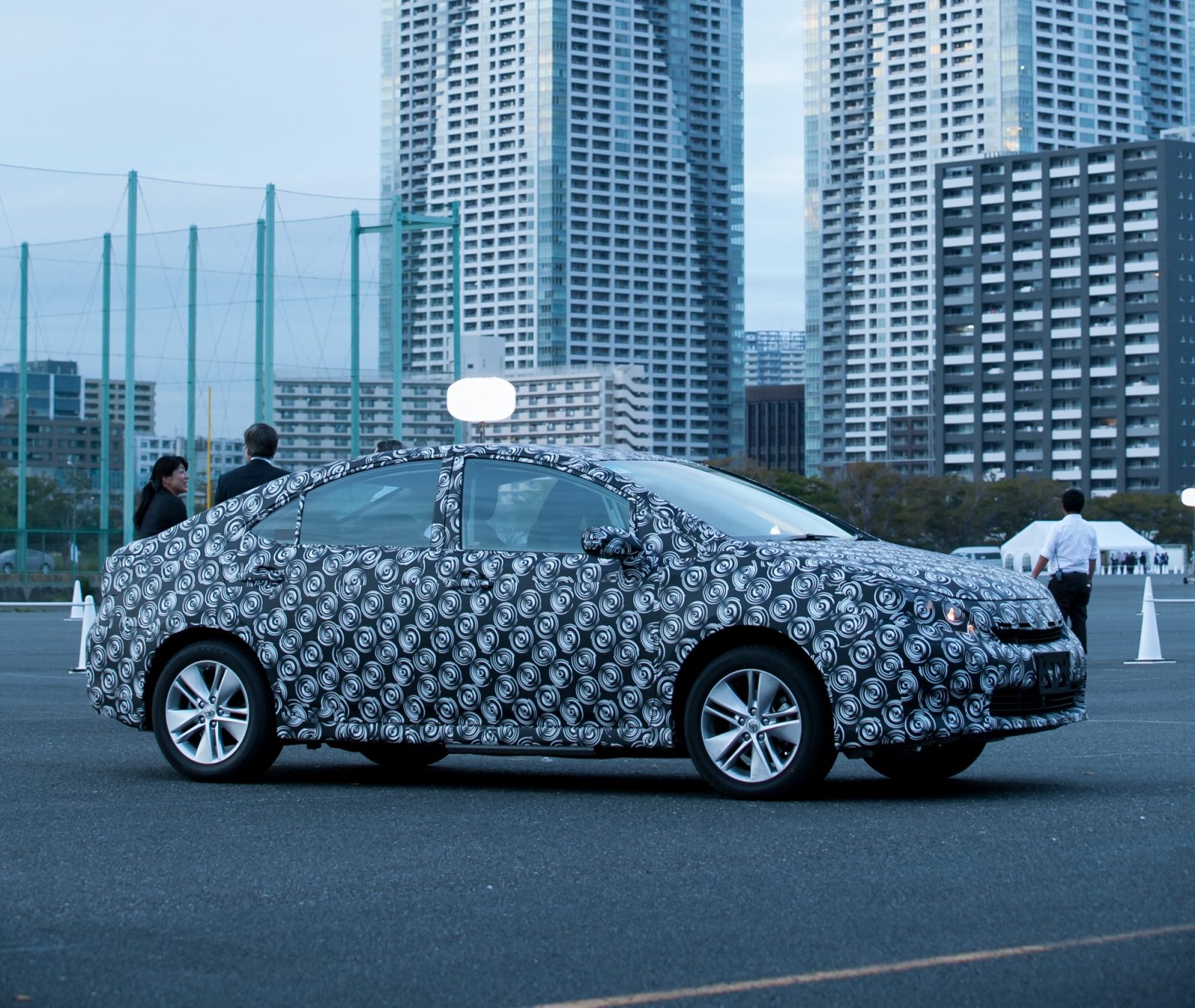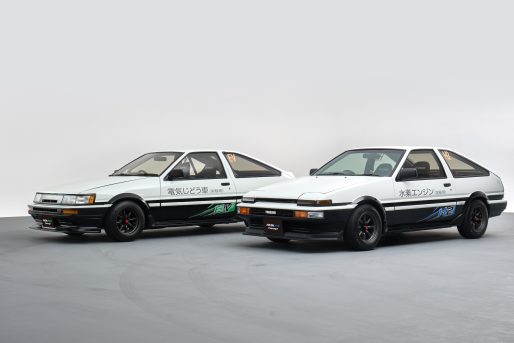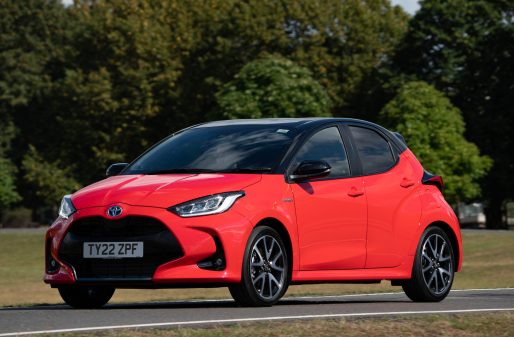Toyota will be launching a hydrogen-powered, emissions-free Fuel Cell Hybrid Vehicle within the next two years. Andrew English was among the very first journalists to drive the new model – the Toyota FCHV–R. Here are his first thoughts about the technology that will mark an important new stage in Toyota’s progress towards the ultimate eco-car.
The Toyota FCV-R was first seen in Japan two years ago. At that time, it became the first hydrogen-fuelled fuel cell saloon from a company which has for the past 17 years concentrated on large SUVs for its research vehicles, as they offered more space to fit the compressed gas tanks and had a ready appeal for the North American market.
Toyota says it now believes its first production fuel cell vehicle should be for all, hence this mid-size saloon – and what a car it is.
The latest concept appeared at the Frankfurt motor show in September, and the final version will appear in November at the Tokyo motor show. Two weeks ago I managed to get behind the wheel of a heavily disguised prototype.
The FCV-R is much smaller, lighter and more agile than the last FCHV-adv model, which was based on the American Highlander SUV. It uses Toyota’s most efficient and lightweight fuel cell and the first examples of its in-house engineered 700bar hydrogen storage tanks, which sit underneath and behind the rear seats.
The system, according to Toyota, gives up to 70 per cent thermal efficiency, which is far beyond the typical 35 per cent for a petrol car and 45 per cent for a turbodiesel. Toyota tested a disguised model on a 200-mile road route, and even though it was almost entirely on motorways with a feather-footed test driver at the wheel, it indicated a highly impressive 400-mile cruising range.
There’s another side to the FCV-R, which, as someone who’s driven just about every fuel cell prototype there is, I could sense immediately; it’s quick, agile and fun to drive.
A fuel cell car is effectively like a battery electric car to drive, but with less mass and greater efficiency. So you climb in the cockpit, click to Drive on the Prius-style lever on the steering column, press the throttle and go. And go you certainly do. The saloon handles well with an agility and steering response that at least matches its rivals.
It’s also extremely quiet and refined, without the motor and compressor whine of its predecessors. Toyota points out that sound insulation has been a key part of the FCHV-R’s development. Toyota engineers confirm the performance is down to a combination of more power and less weight.
I can’t wait to see whether the final production FCV-R saloon looks as good as it drives when we see it in November.
This remarkable saloon uses all the lessons Toyota learned with the Highlander. The concept may look the same as it did two years ago, but under the skin it’s very different. Toyota is expecting annual volumes of 5,000 to 10,000 cars, and is using off-the-shelf parts from its current Hybrid Synergy Drive models (such as Prius), including the electric motor, and battery and motor control electronics. It uses a 21kW lithium-ion battery to store regenerated electrical energy, and the car has slippery underbody aerodynamics to help compensate for the drag created by the cooling heat exchangers needed to keep the fuel cell at below 100 degrees C.
We don’t yet know the weight, power or exact fuel capacity, but the two carbon fibre and aluminium tanks together hold about 5kg of hydrogen. The new fuel stack, which fits under the front seats, is smaller and better integrated, producing about 3kW per litre of volume – a world-best, according to Toyota.
Using more than two-thirds less platinum in the fuel stack has made a significant cost saving per vehicle; using a closed circuit system rather than an external humidifier to keep the fuel cell wet – necessary for generating electricity in the catalytic process – has also saved weight and cost.
Toyota also claims to have brought the restart temperature of the fuel down to -30 degrees C, one of the lowest for any fuel cell vehicle.
I can’t wait to see whether the final production FCV-R saloon looks as good as it drives when we see it in November…





Is it correct article concerning hydrogen tank?
Can you make sure about hydrogen storage tank, two carbon fibre and aluminium tanks?
Other Toyota’s presentation mentioned carbon fibre and plastic.
Hi Seok
Thanks for your post.
That is correct. Keep an eye on our Blog for the latest news and developments reagarding our fuel cell vehicle.
Hope this helps.
Thanks for kind reply.
I expect the update.